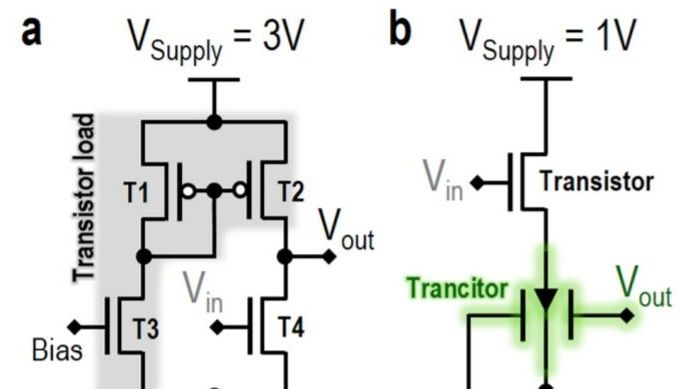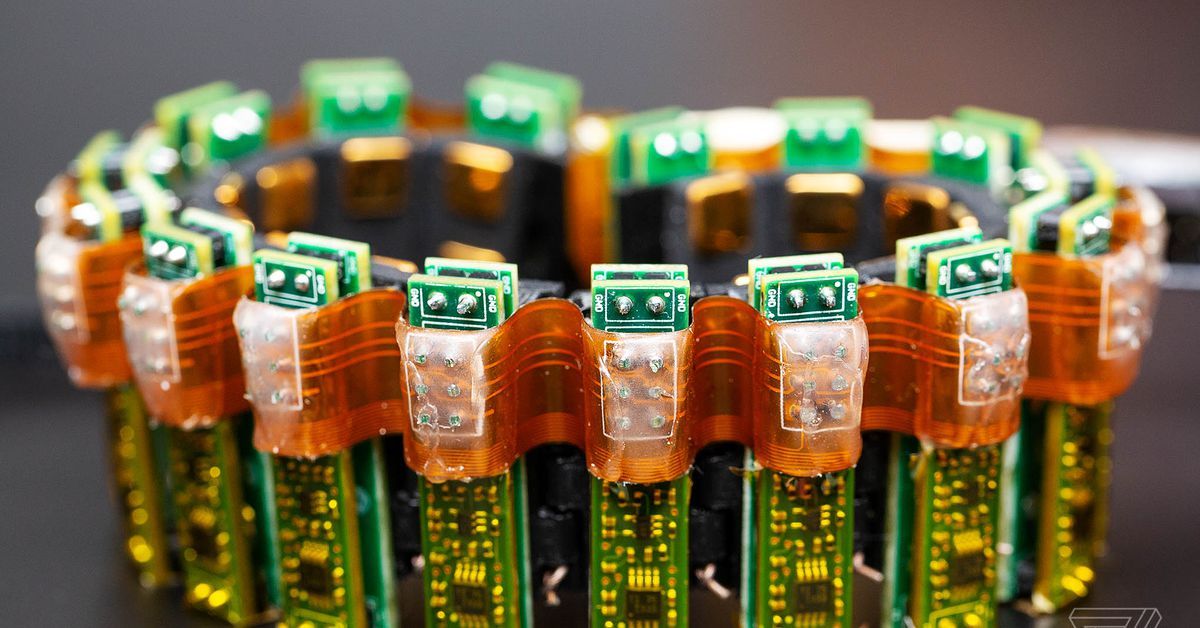Engineers have discovered how to make glass an information storage powerhouse.
Category: computing – Page 810


Intel is now capable of producing full silicon wafers of quantum computing chips
Last year, Intel was able to take a few steps forward towards the commercialization of quantum computing. A 17-qubit superconducting chip was built followed by CEO Brian Krzanich showing off a test chip at CES 2018 with 49 qubits.
Unlike previous quantum efforts at Intel, this latest batch of wafers are focusing on spin qubits instead of superconducting qubits. This secondary technology is still a few years behind superconducting quantum efforts but could turn out to be more easily scalable.
Moving forward, Intel now has the capability to produce up to five silicon wafers every week containing up to 26-qubit quantum chips. This achievement means that Intel has greatly increased the number of quantum devices in existence and could be looking to increase the number of qubits steadily in the coming years.
A new system optimises electric transmission from offshore wind farms
Scientists from Universidad Carlos III de Madrid (UC3M) have designed a new control system for wind turbines in offshore wind farms that allows power transmission to the coast in a more flexible and cheaper way than current solutions.
This innovation allows the use of a diode rectifier station in the offshore platform of a high voltage direct current (HVDC) link. In this way, the wind turbine’s alternating current (AC) can be easily converted into direct current (DC) for HVDC transmission.
The researchers have developed a distributed control system to synchronise and regulate the electrical voltage and frequency of the wind turbines of the offshore wind farm. This allows the transmission of energy to the general network through an HVDC link with a diode rectifier station. “It is less complicated, cheaper and more flexible than other current solutions,” explains co-author Santiago Arnaltes Gómez, head of the UC3M Power Control Group.




Two Quantum Computing Bills Are Coming to Congress
Quantum computing has made it to the United States Congress. If this field of quantum information is the new space race, the US doesn’t want to fall behind.
After all, China has funded a National Laboratory for Quantum Information Sciences, set to open in 2020, and has launched a satellite meant to test long-distance quantum secure information. Two new bills, one of which is still a draft, are meant to establish the US as a leader in the field.
“Quantum computing is the next technological frontier that will change the world, and we cannot afford to fall behind,” said Senator Kamala Harris (D-California) in a statement passed to Gizmodo. “We must act now to address the challenges we face in the development of this technology—our future depends on it.”

The Microsoft approach to quantum computing
Together, this full quantum stack pairs with familiar tools to create an integrated, streamlined environment for quantum processing.
Scalability, from top to bottom
Quantum computers can help address some of the world’s toughest problems, provided the quantum computer has enough high-quality qubits to find the solution. While the quantum systems of today may be able to add a high number of qubits, the quality of the qubits is the key factor in creating useful scale. From the cooling system to qubits to algorithms, scalability is a fundamental part of the Microsoft vision for quantum computing.
